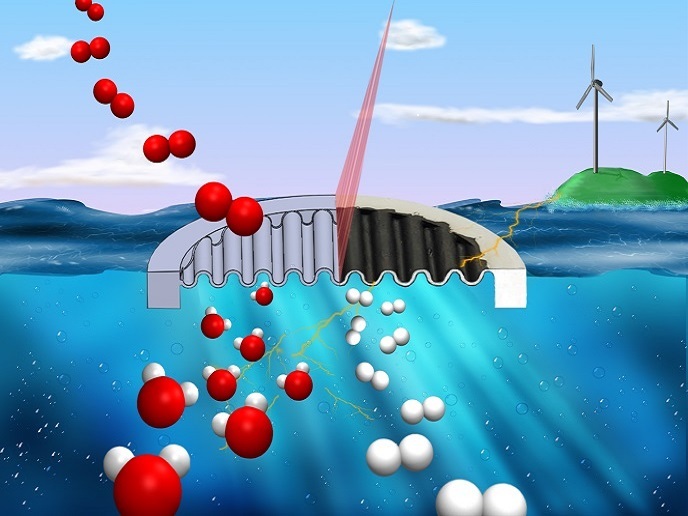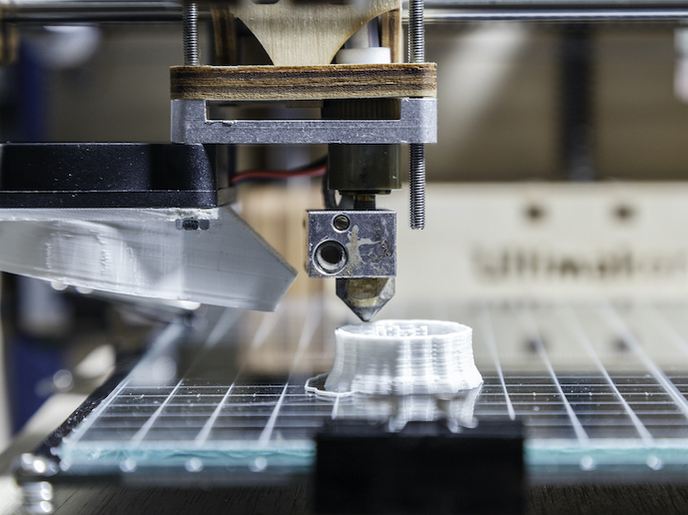Innovative power production by virtue of 3D printing
The Cell3Ditor(opens in new window) project has developed a 3D printing technology for industrial production of solid oxide fuel cells (SOFCs) by implementing innovation in all four stages – inks formulation, 3D printer development, ceramics consolidation and system integration. Throughout a two-step process that includes single-step printing and sintering, the lead research team of The Catalonia Institute for Energy Research(opens in new window) in Spain along with their partners have achieved the fabrication of SOFCs with embedded fluidics and current collection. The product-driven project aims to reduce energy, materials and assembly costs while simplifying the design for manufacturing and time to market.
Minimising production requirements and energy waste
The most crucial benefit of 3D printing is that it reduces the amount of waste material and energy consumption during fabrication. Therefore, Cell3Ditor contributes to more sustainable clean energy production technologies, from the manufacturing point of view. Moreover, the results can be easily extended to other ceramic-based energy devices such as solid-state batteries, electrolysers or piezoelectric generators. “We were able to build highly performing and reproducible SOFCs in a tabletop factory so proving that 3D printing is an enabling technology for the fabrication of complex ceramic-based devices, a paradigm shift in the field of energy,” explains project coordinator Albert Tarancón.
3D printing: both opportunity and challenge
Complex fabrication processes almost always create challenges. Several issues arose during printing of materials that involved absorption of the curing light used by the 3D printer. The team’s solution introduced modifications in the printing machine that, at the end, made it more robust while broadening its application range. Overall, the Cell3Ditor has utilised the 3D printing techniques adapting them to the special standards of the SOFC stacks. “Our project pushed the limits of use of 3D printing technologies for the fabrication of ceramic energy devices with increasing complexity. Involving new shapes, novel functionalities and unexplored concepts, this represents a radically new innovative direction in the field of energy,” says Tarancón.
Gazing at the future of fabrication technologies
The project can be considered the seed for the fabrication of the next generation of fuel cells and electrolysers in tabletop factories that require a reduced capital investment. This is expected to empower individuals to create high-tech companies in clean energy technologies. The team intends to use this new manufacturing technology for fabricating the next generation of solid oxide cells with higher performance and durability derived from the implementation of novel concepts unreachable with current fabrication technologies. Tarancón concludes: “New features will open new markets for SOFCs such as mobility or transportation. These markets are currently unavailable due to intrinsic limitations of the technology that can be solved by the fabrication of complex shapes by 3D printing.”







